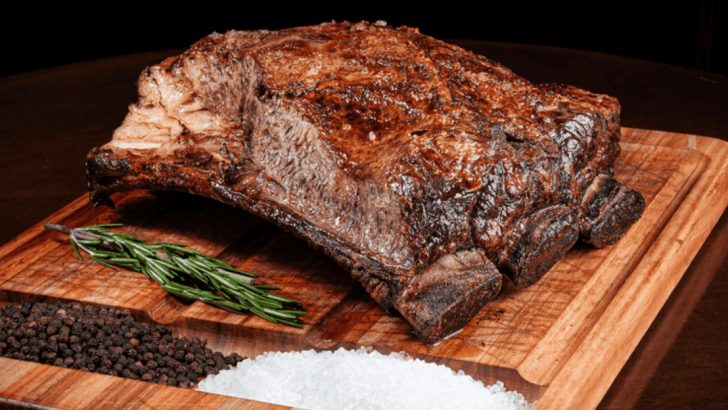Walking into a Brazilian steakhouse, or churrascaria, is like stepping into a celebration of meat, fire, and flavor. Waiters in traditional dress carry swords of sizzling beef, and the air smells of smoke and salt.
But behind the grilled spectacle is a rich history and set of customs that make this more than just dinner.
These 15 tasty facts uncover the traditions, quirks, and surprises that keep churrasco so legendary—and so irresistible.
1. Churrasco Started On The Brazilian Plains
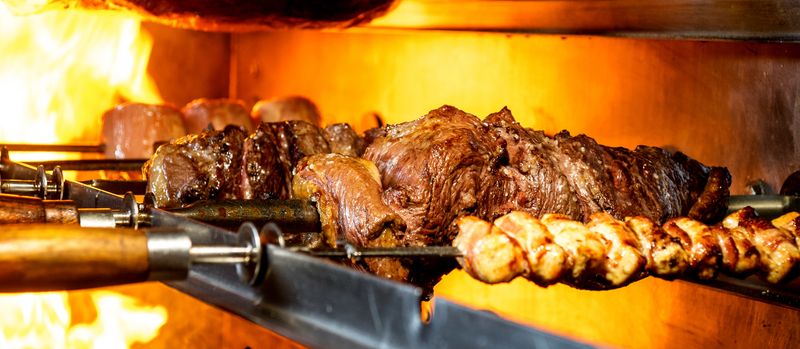
Before the all-you-can-eat steakhouses, there were fires under open skies and skewers balanced in the soil. The tradition began with gauchos—South American cowboys—who slow-cooked meat over embers while riding across the pampas.
Simple, rugged, and flavorful, this campfire method laid the foundation for modern churrascarias. Every slice today carries a trace of that wild origin.
2. Gauchos Are The Original Grillmasters
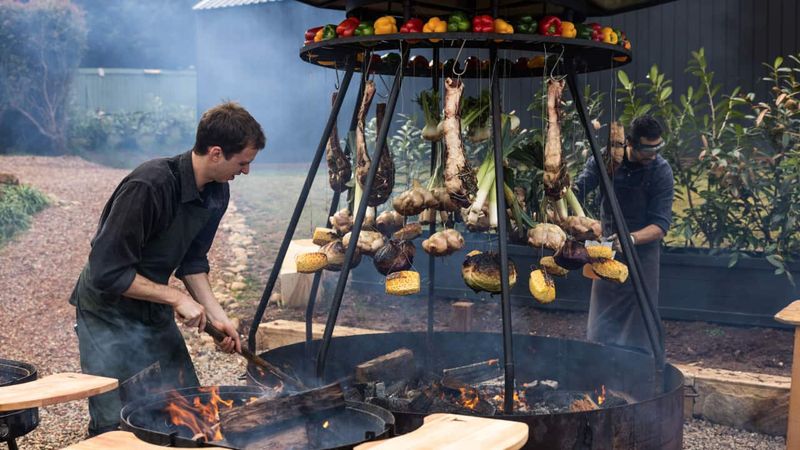
With boots, belts, and knives at their sides, gauchos weren’t just herders—they were cooks with serious skill. Their open-fire technique turned tough cuts tender and made beef more than just a meal.
Modern servers often wear gaucho outfits in tribute. The meat may now be indoors, but the legacy’s still sizzling.
3. It’s All About Rock Salt—Not Marinade
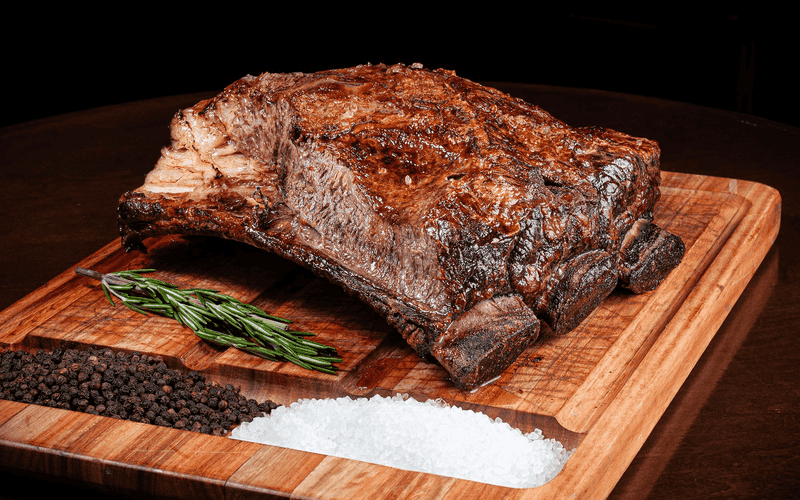
Forget the marinades and spice rubs—true churrasco relies on coarse rock salt to season the meat. The salt sears into the surface, creating a flavorful crust without masking the beef’s natural taste.
This minimalist approach brings out deep, smoky richness. Let the fire and salt do the talking.
4. The Meat Keeps Coming Until You Say Stop
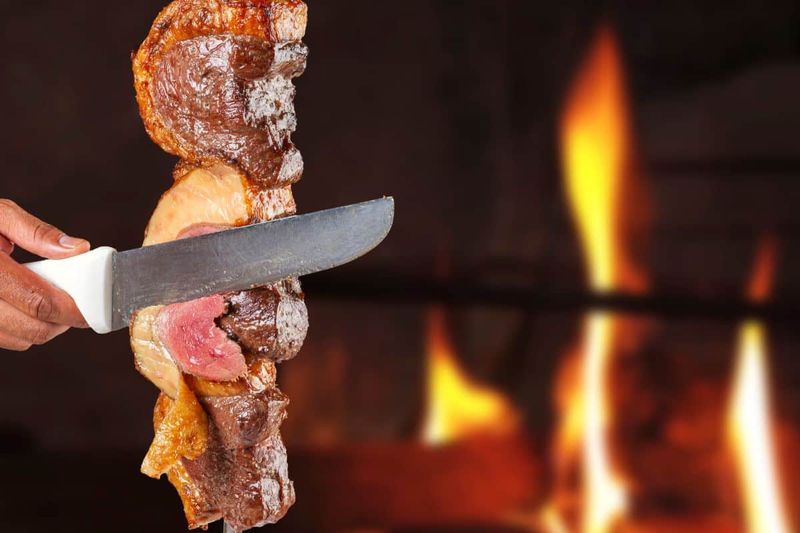
There’s no menu, no portions, no pacing—until you ask. Servers rotate through the room offering different cuts straight from the spit, carving directly onto your plate.
It’s indulgent, theatrical, and endless. Until, of course, you tap out.
5. The Red/Green Card Isn’t Just For Fun
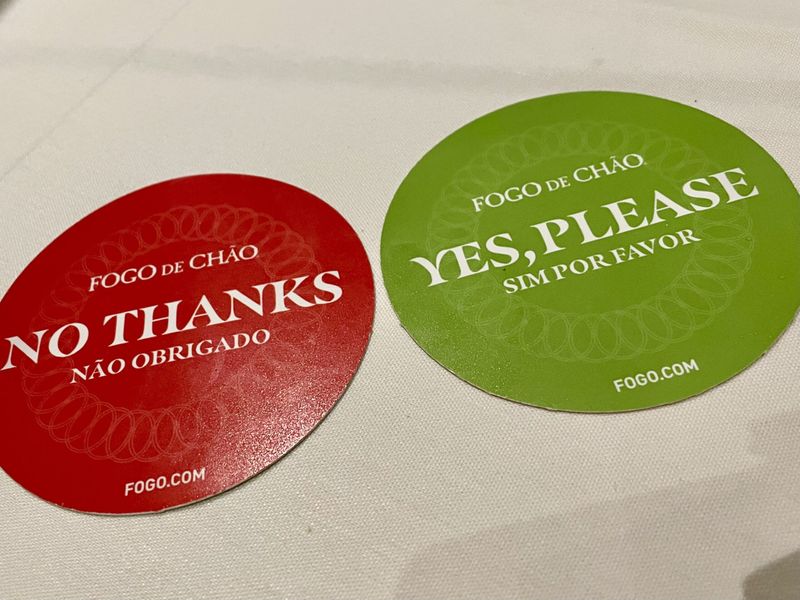
Those little red and green coasters are your voice at the table. Green means “keep it coming,” while red signals “please, no more (for now).”
It’s a gentle way to control the feast without saying a word. A simple flip holds the power of pause.
6. You Don’t Order—It Comes To You
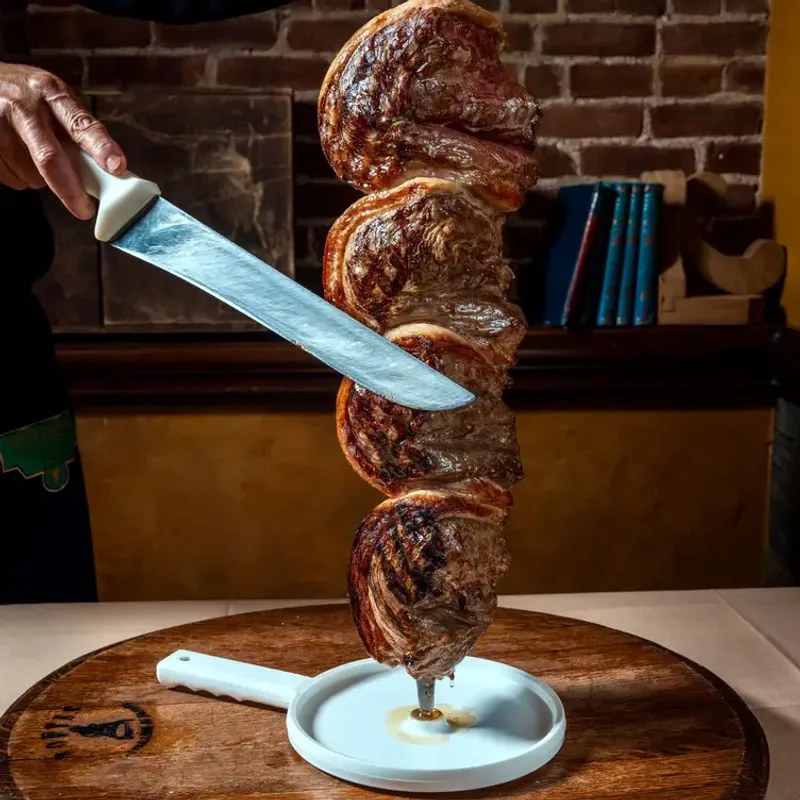
Instead of choosing one dish, you get them all. Skewers of picanha, lamb, sausage, ribs, and sometimes pineapple make their way to your table one after another.
Like a parade of fire and flavor. The only question is how long you can keep up.
7. Chicken Hearts Are A Popular Choice
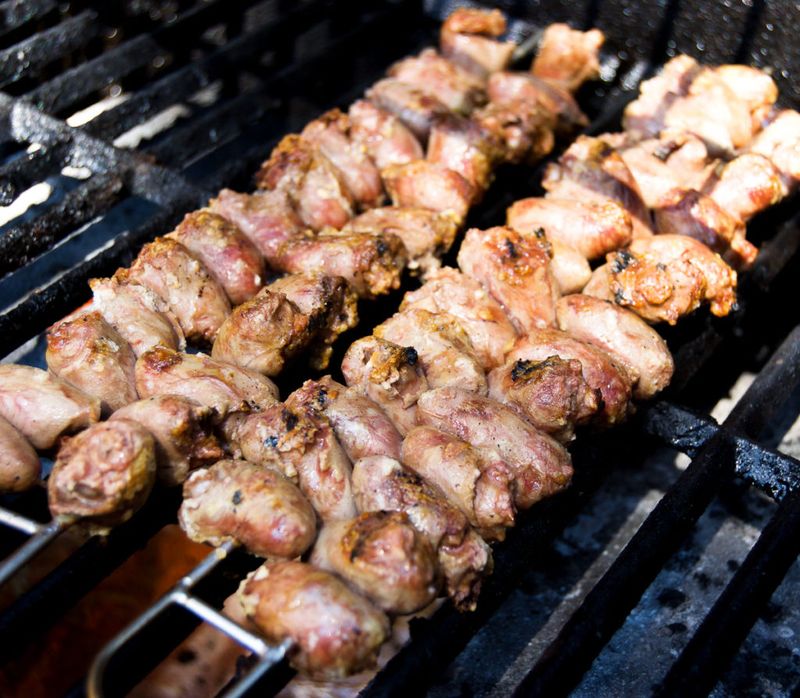
In Brazil, chicken hearts are more than a novelty—they’re a delicacy. Grilled on skewers until smoky and slightly crisp, they offer a rich, minerally bite with a tender chew.
They might not be for everyone, but they’re packed with protein and tradition. Gauchos never left them off the grill.
8. Pão De Queijo Is A Must-Have Side
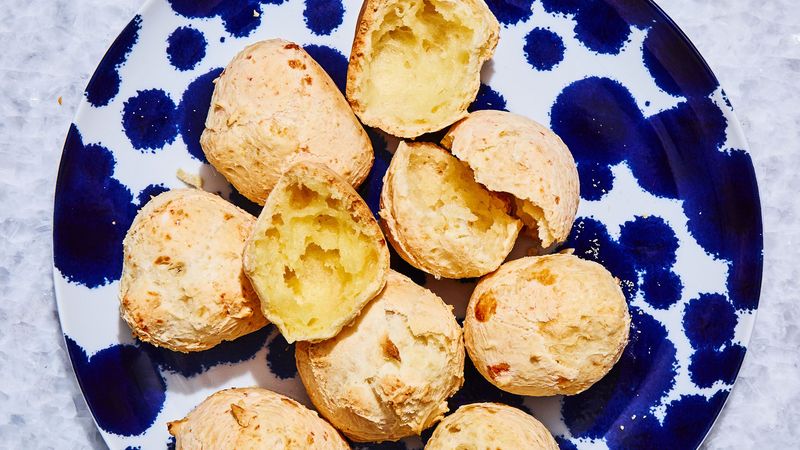
These warm, cheesy rolls made with tapioca flour are chewy, golden, and slightly stretchy in the center. Naturally gluten-free and addictively fluffy, they’re a staple at Brazilian steakhouses.
Crunchy outside, soft inside, and bursting with cheese. One is never enough, and nobody expects it to be.
9. Farofa Adds Crunch To Everything
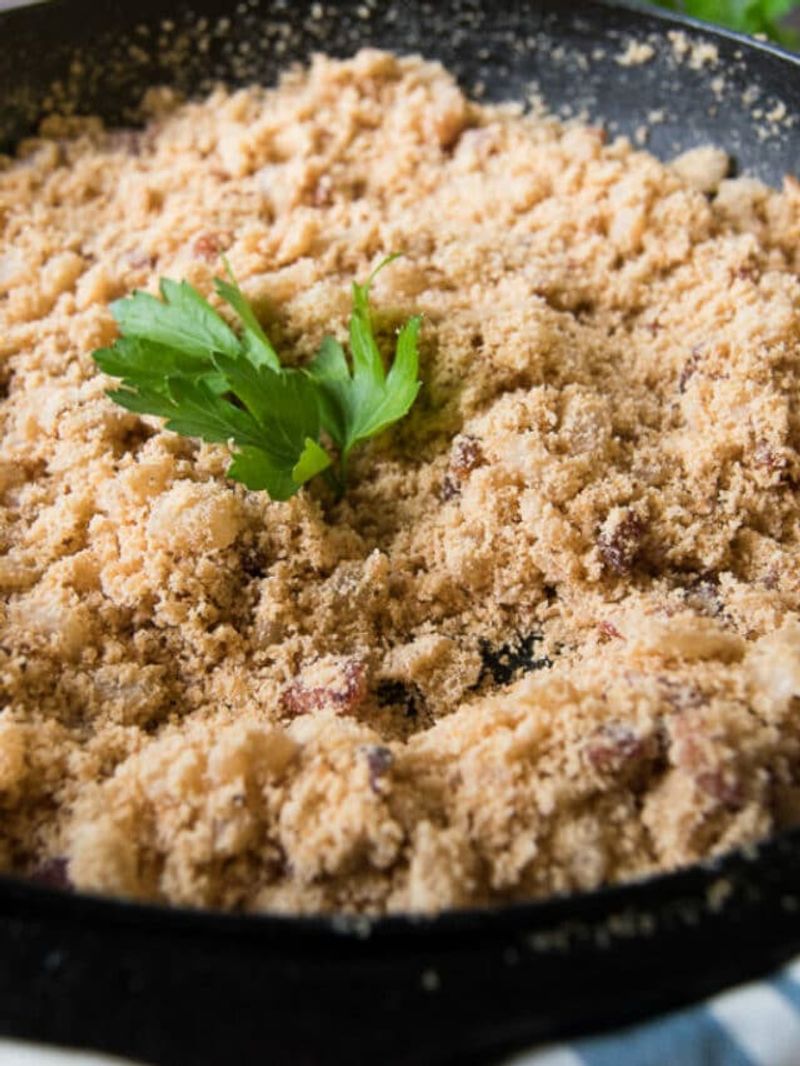
Made from toasted cassava flour and sometimes mixed with bacon or egg, farofa adds nutty crunch to meat, rice, or beans. It’s spooned onto plates like a dry, savory topping.
Grainy, toasty, and full of texture, it’s a side that surprises many first-timers. But once you try it, it’s essential.
10. The Salad Bar Is Surprisingly Fancy
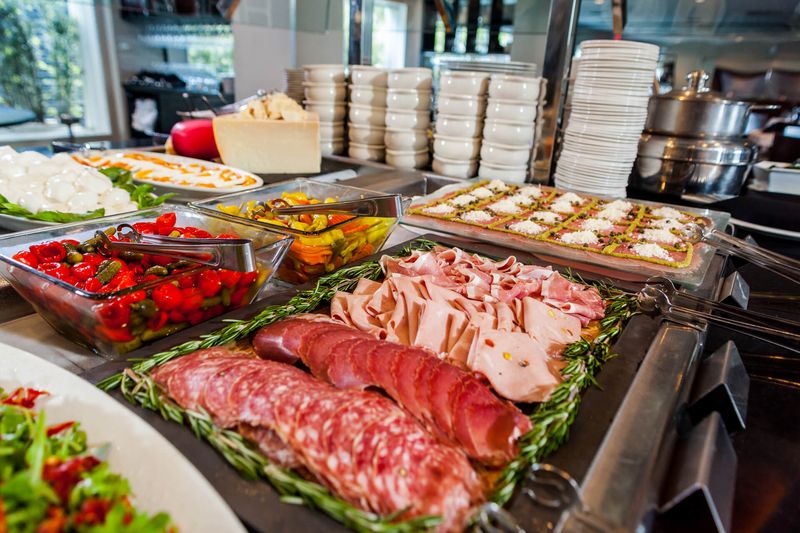
Despite all the meat, Brazilian steakhouses go big on salad bars—think hearts of palm, fresh mozzarella, roasted veggies, and charcuterie. It’s more than greens; it’s a whole pre-dinner spread.
Some are elegant enough to rival the main course. Just don’t fill up too early—it’s a marathon, not a sprint.
11. Grilling Is Often Over Open Flame
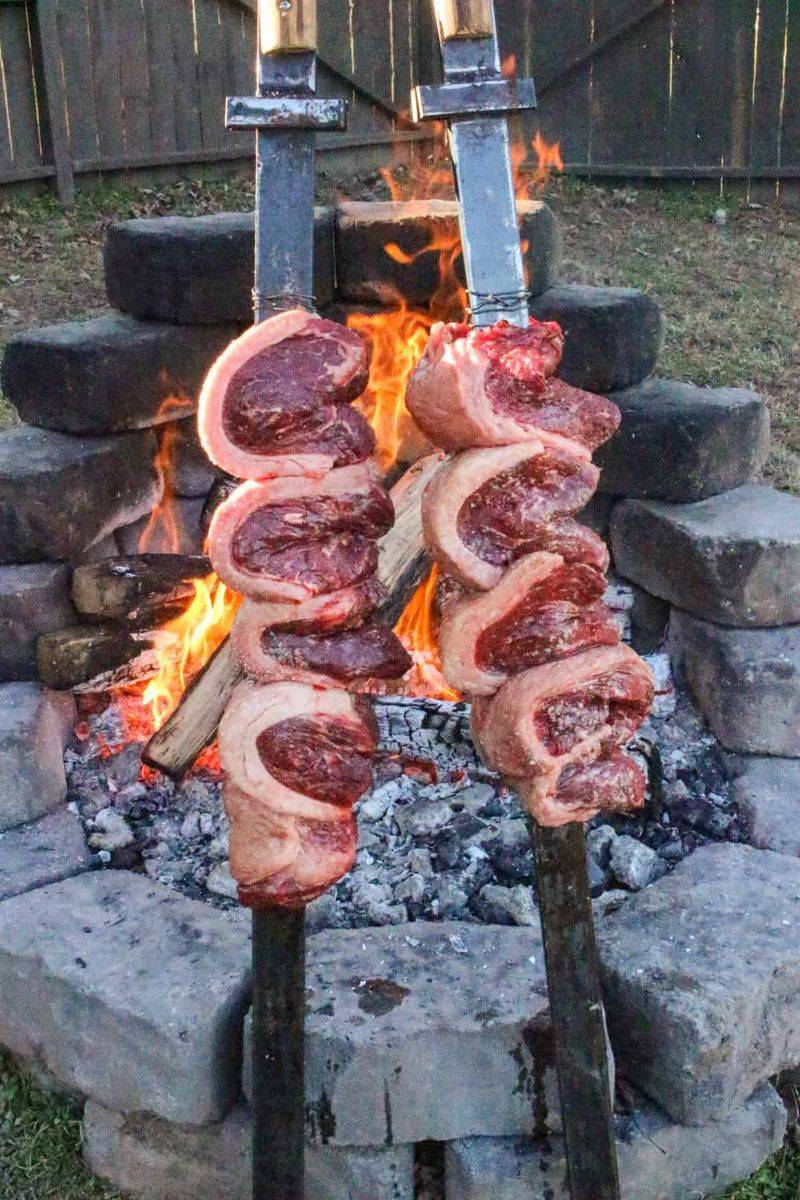
Unlike gas grills or griddles, authentic churrasco uses live fire and skewers. The flames kiss the meat, searing it just enough to keep it juicy and caramelized.
It’s primal and precise. The smell of meat over real wood is half the experience.
12. It’s A Social, Shared Experience
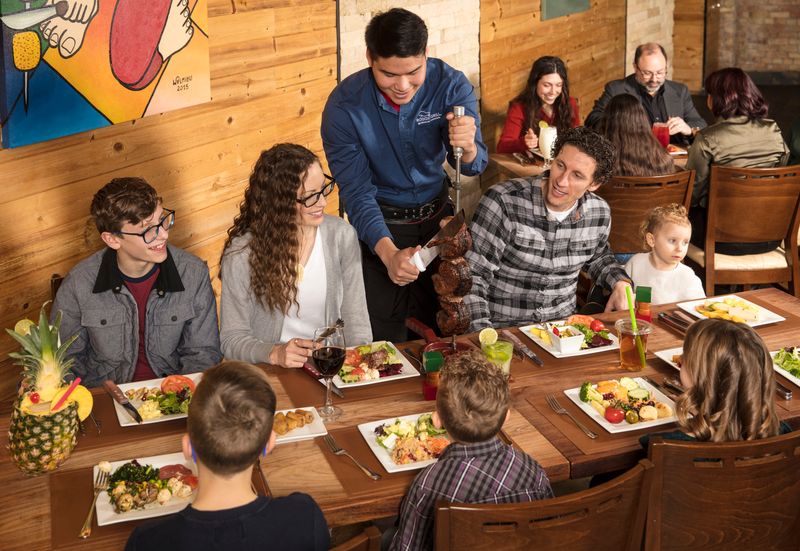
In Brazil, churrasco is more than a meal—it’s a gathering. Families grill in backyards, friends linger over courses, and no one’s ever in a rush.
Even at restaurants, the style encourages conversation and lingering. The table becomes a place of warmth and fullness.
13. You Pay A Flat Price For The Feast
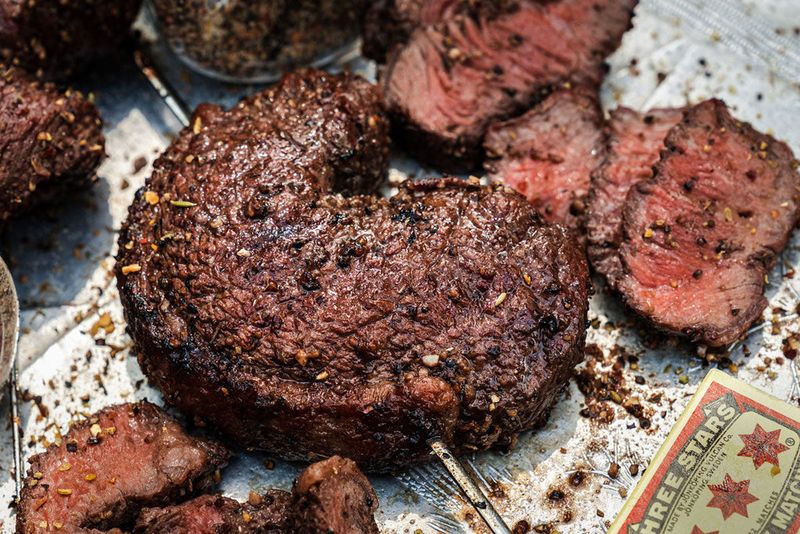
No matter how many cuts you sample, the bill stays the same. One fixed price unlocks everything from fraldinha to grilled pineapple and all the sides in between.
It’s a carnivore’s buffet with no pressure to pick and choose. Just sit back and say yes.
14. Some Offer Brazilian Desserts Like Pudim

When it’s finally time for sweets, traditional Brazilian desserts like brigadeiro or pudim de leite (caramel flan) make an appearance. Creamy, sweet, and simple, they close the meal with grace.
Soft textures and rich flavors feel like a final hug. You won’t need them—but you’ll want them.
15. The Concept Has Gone Global—But Stays True To Its Roots
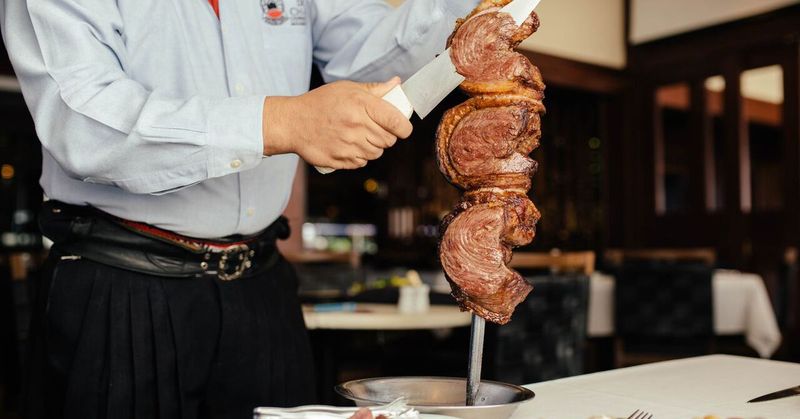
From São Paulo to Tokyo to Chicago, churrascarias have gone worldwide. Though styles may shift, the heart of the experience remains the same: grilled meats, warm hospitality, and plenty of salt and smoke.
The tradition travels well. But the soul of churrasco always leads back to Brazil.

